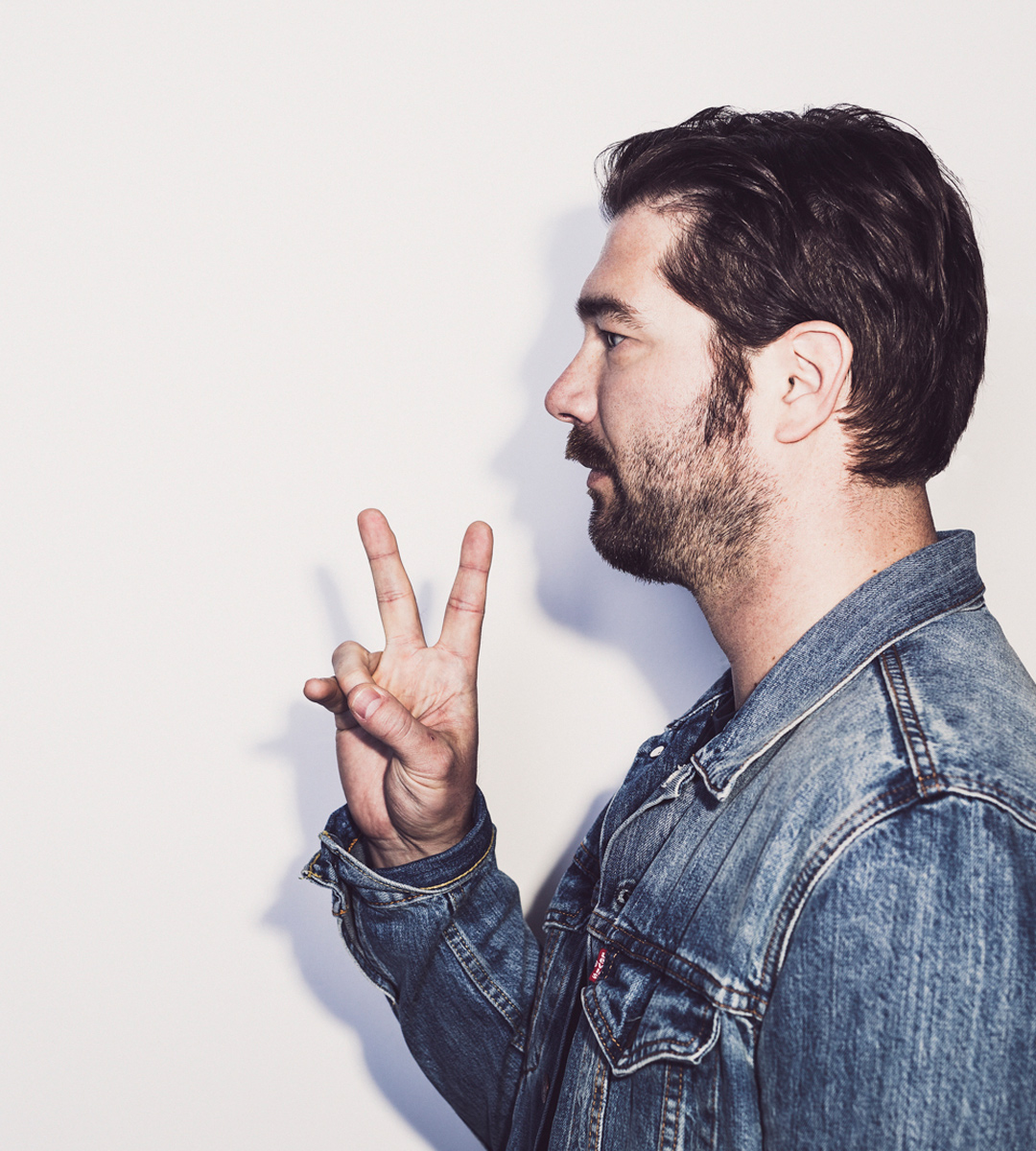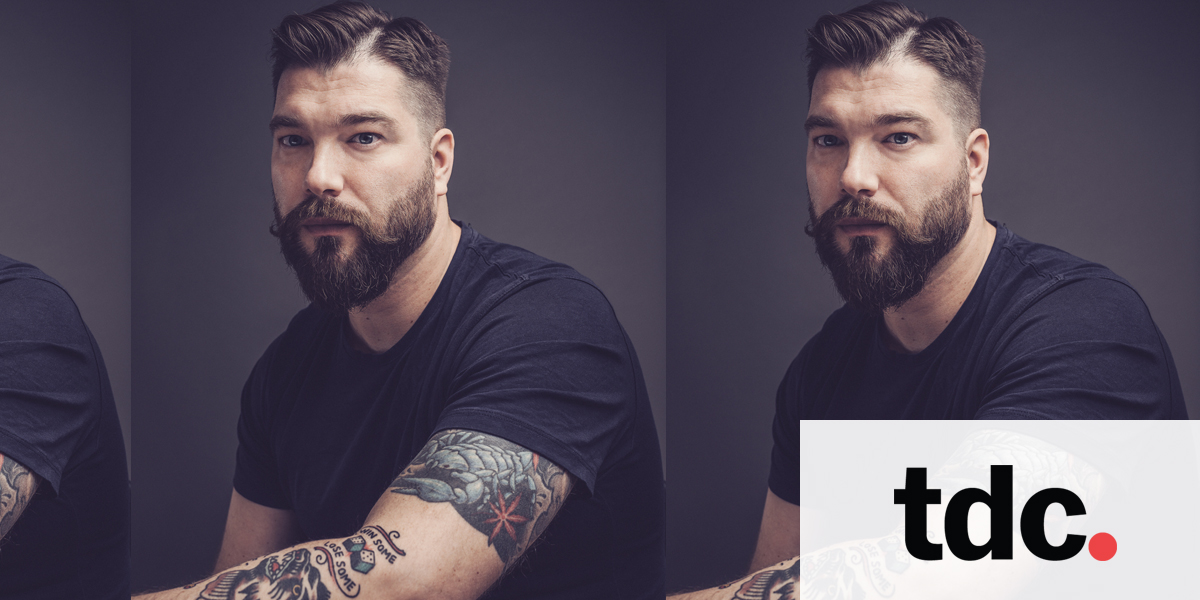
Type Directors Club Talks with David Adams
TDC asked David to talk about how he became interested in type, his take on the Toronto design scene, and how he helped create A&M. And most important, what type trends he favours right now.
Here is an excerpt from the interview and you can read the full interview at the link included at the bottom of the article.
Type is clearly central to a lot of your work. Has your work always had this special consideration for type? When did you first become interested in typography?
Type is definitely central to most, if not all of the work we do at Art & Mechanical. It’s important, fun, and good typography just makes everything better. Our approach is simple: Type does two things — it first creates a vibe and then it delivers a message, and when done well, magic happens. Done poorly, well, you know how that goes….
My work did not always have a special consideration for type. Early on in my education, type was used in functional ways as a means to an end—to create a logo for a company, to display information on a package, or to tell a story in some editorial. I didn’t know any better. I was thinking my work was pretty good, but when I look back, it was boring AF. And it wasn’t really until I took a class taught by the talented Paul Sych that I discovered how expressive typography could transform one’s message. He simply said, “Make it cool,” and that was enough for me to start thinking about type in a different way.
But type can’t just be cool, right? It sure can, but in the work, we do at A&M, type needs to work differently. We try to play smack in the middle of the intersection where beauty and inspiration say hello to logic and function. Our name pretty much sums up this philosophy. I think type and typography (being one part of good design) enables a connection, and that connection allows us to inspire someone to act and make stuff happen. I certainly appreciate type for its pure aesthetic beauty, but at the end of the day, if type doesn’t function to solve the problems we encounter on a day-to-day basis, it just gets framed, put on a wall, and is appreciated for what it is. And we have a bunch on our walls!
Read the full interview here
